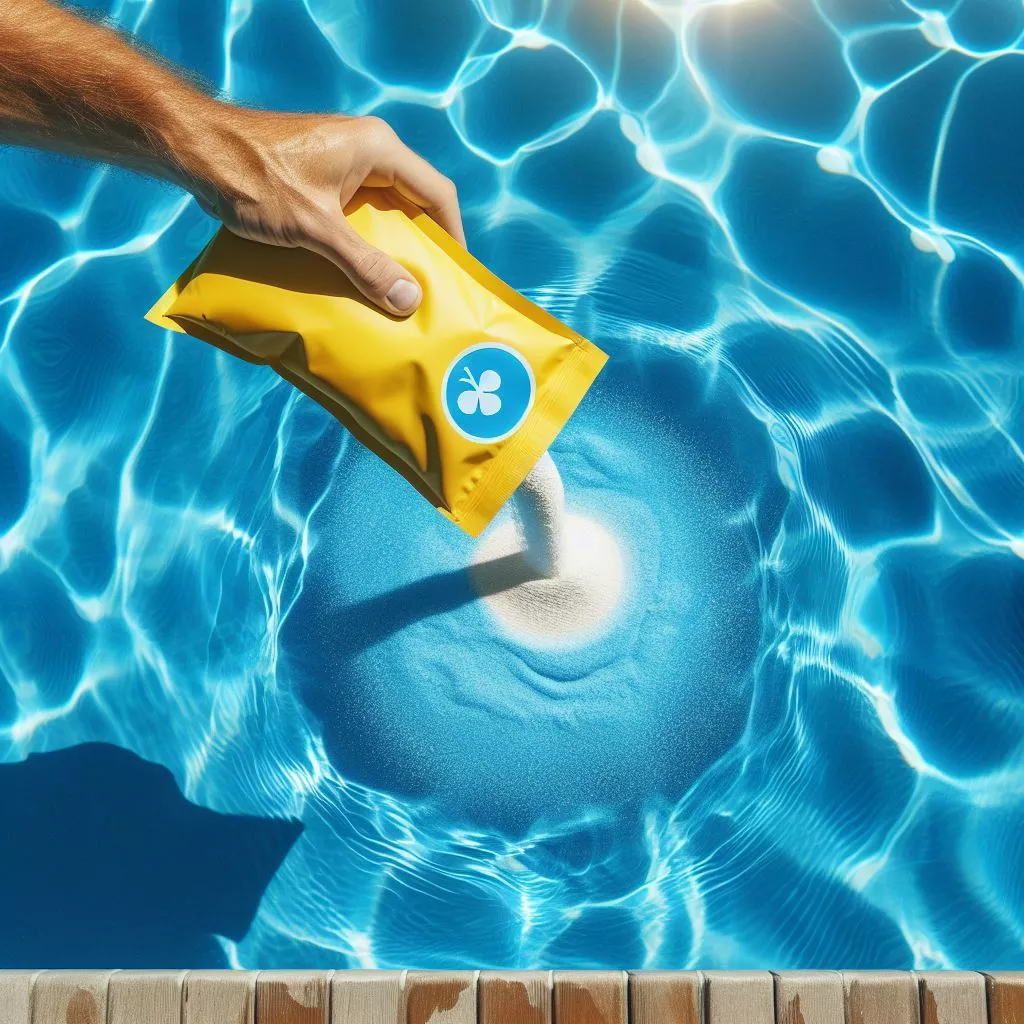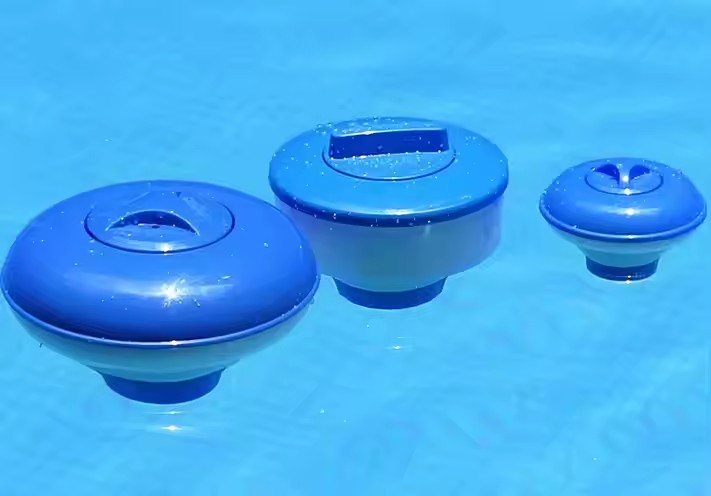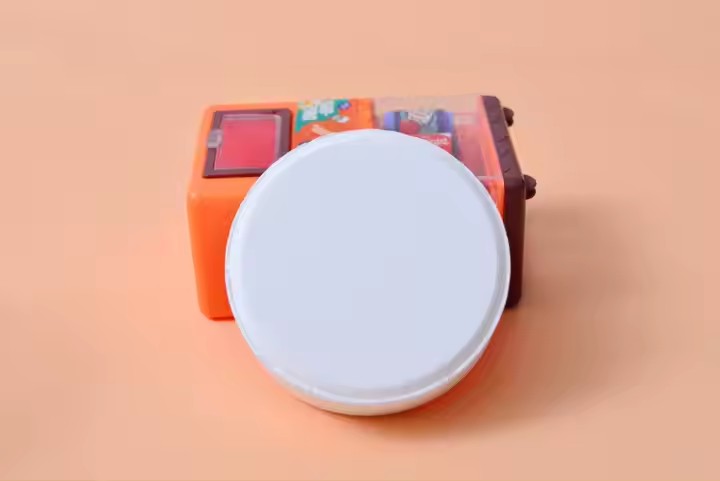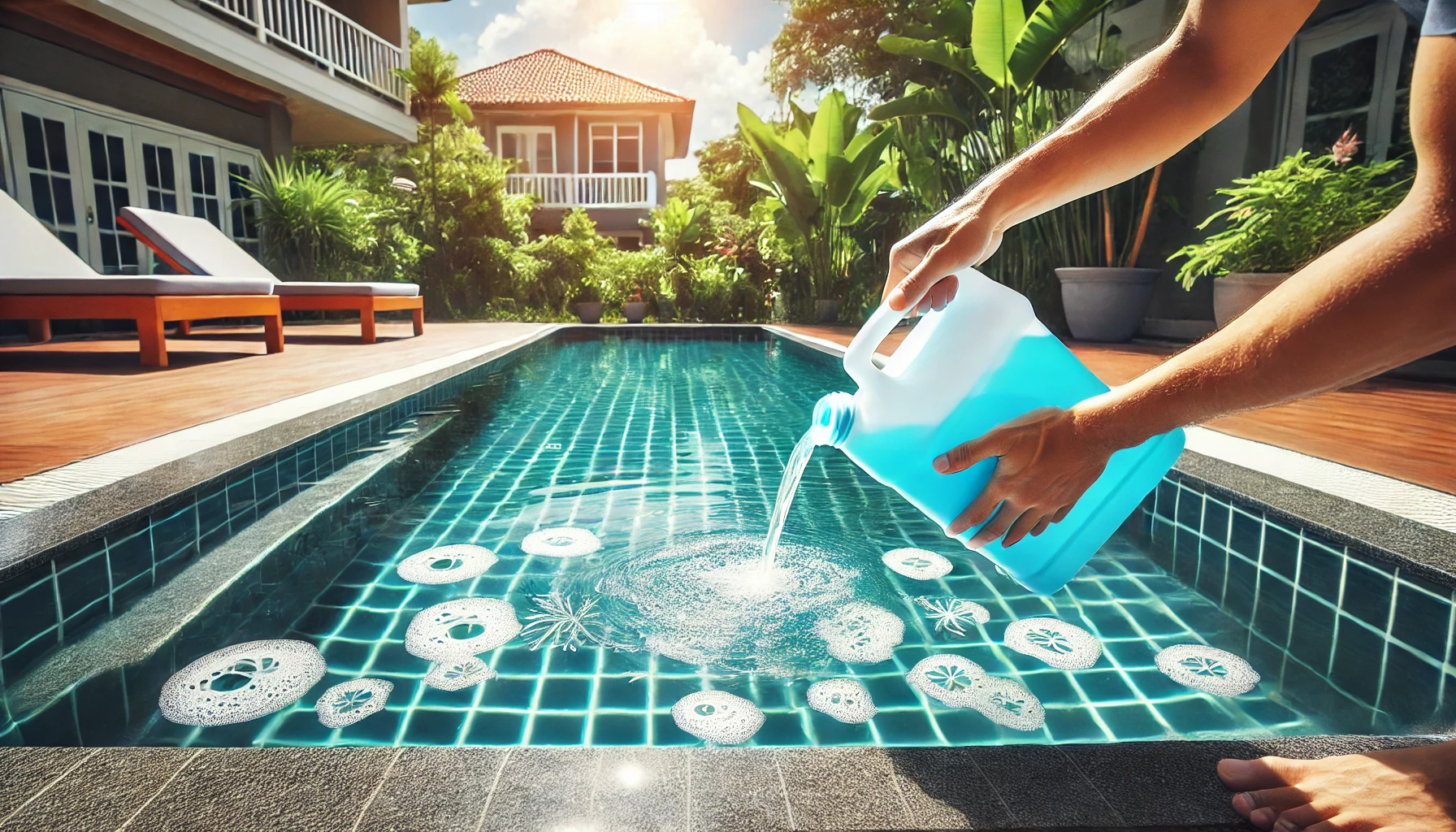Have you ever been puzzled about how much pool shock to add? The exact amount depends on the size of your pool, the type of shock you’re using, and whether you’re doing routine maintenance or addressing an algae problem. This article will explain how to calculate and use the right amount of pool shock to keep your pool sparkling clean.
Why Use Pool Shock?
Pool shock is a high concentration of chlorine that quickly raises the free chlorine levels in your pool, effectively killing algae, bacteria, contaminants, and chloramines. Using shock not only resolves sudden water quality issues but also acts as a preventative measure to maintain stable pool water.
Pool chlorine tablets are also very effective. They continuously release chlorine, maintaining stable water quality and preventing algae and bacteria growth. However, when your pool faces sudden water quality issues or needs a quick chlorine boost, pool shock is the ideal choice.
How Much Shock Do You Need?
Typically, you need to add one pound of shock for every 10,000 gallons of water. However, the exact amount can vary based on the specific water quality situation:
- Routine maintenance: Add one pound of shock per 10,000 gallons of water.
- Mild algae problems: Use two pounds of shock per 10,000 gallons of water, performing a double shock.
- Severe algae problems: Use three pounds of shock per 10,000 gallons of water, performing a triple shock.
- Extreme algae problems: Use four pounds of shock per 10,000 gallons of water, performing a quadruple shock.
What Is Pool Shock?
There are various types of pool shock on the market, each suitable for different applications. Common types of shock include:
Calcium Hypochlorite (Cal-Hypo)
Calcium hypochlorite is the most common pool shock, known for its high efficiency and quick disinfection capabilities. It contains a high concentration of chlorine, effectively killing algae and bacteria. However, it increases the calcium content in your pool, which can lead to scaling issues. Therefore, use Cal-Hypo cautiously if you have a saltwater pool.
Sodium Dichlor
Sodium dichlor shock contains less chlorine than Cal-Hypo but is still effective. It doesn’t cause scaling but increases the cyanuric acid (CYA) levels in your pool. Since sodium dichlor is a stabilized chlorine, it can be used during the day but still requires waiting at least 8 hours before swimming.
Non-Chlorine Shock
Non-chlorine shock is a mild oxidizer suitable for weekly maintenance. It doesn’t affect calcium or CYA levels and allows swimming shortly after use. However, non-chlorine shock is less effective for severe algae problems and is best used as a preventative measure.
How to Use Pool Shock?
Before using pool shock, some preparation is necessary:
Test the Pool Water
Use a water test kit or test strips to check your pool’s water quality. Ideally, the pH should be between 7.4 and 7.6, and total alkalinity should be between 100 and 150 ppm. Calcium hardness and CYA levels should also be within acceptable ranges.
Prepare the Shock
Wear protective gear such as goggles, rubber gloves, and long-sleeved clothing to ensure safety. Mix the shock correctly according to the package instructions. Some shocks can be added directly to the pool, while others need to be mixed in a bucket of water first.
Add the Shock
Add the shock to the deepest part of the pool and use a pool brush to disperse it, preventing clumping. If the water becomes cloudy after shocking, don’t worry; this indicates that the algae are being killed. Run the filtration system, vacuum the pool, and consider using a pool clarifier.
Frequently Asked Questions
Can a pool be over-shocked?
Yes, it can. Using too much shock can cause excessively high chlorine levels, requiring more time to return to normal. Do not use the pool until the chlorine levels drop below 3 ppm.
How many bags of shock are needed for a 10,000-gallon pool?
This depends on the type and size of the shock bags. Usually, the packaging will provide dosage information. Increase the amount as needed to ensure effectiveness.
How long should the filter system run after shocking?
Run the filter system for at least 6 hours after shocking. If treating algae, run the filter for 24 hours or longer, depending on the severity.
How long does it take for shock to work?
It typically takes 12 to 24 hours. Wait at least 8 hours after shocking before swimming, and test the water quality again after 24 hours. Ensure chlorine levels are back to normal before using the pool.

Should I shock my pool weekly?
Yes, weekly shocking is part of regular maintenance and helps prevent contaminants and algae growth. Also, shock the pool after heavy rain or large pool parties.
Does shock raise pH levels?
Calcium hypochlorite shock can slightly raise pH levels, while non-chlorine shock does not affect pH levels.
Can I use bleach or liquid chlorine to shock my pool?
Yes, but be mindful of the dosage. Sodium hypochlorite, or liquid shock, is a commercial-grade liquid chlorine stronger than household bleach. If using bleach, you’ll need to add more compared to traditional pool shock.


